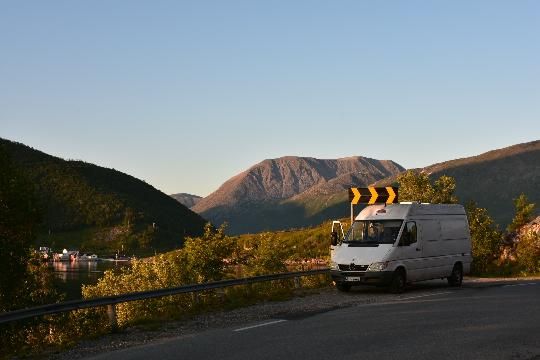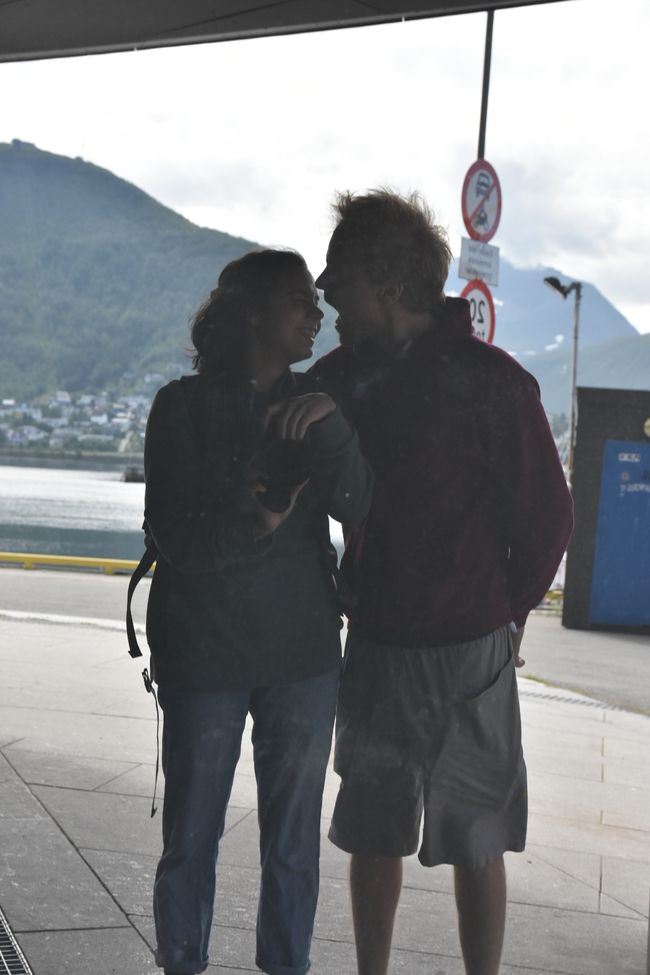Tag 123-126 - Carrying coals to Newcastle
発行済み: 23.01.2019
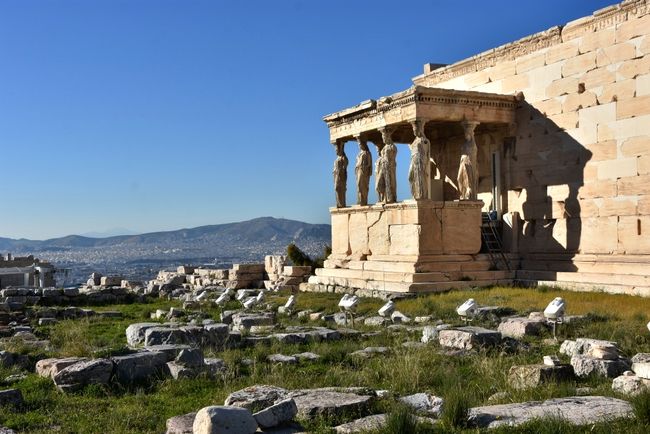
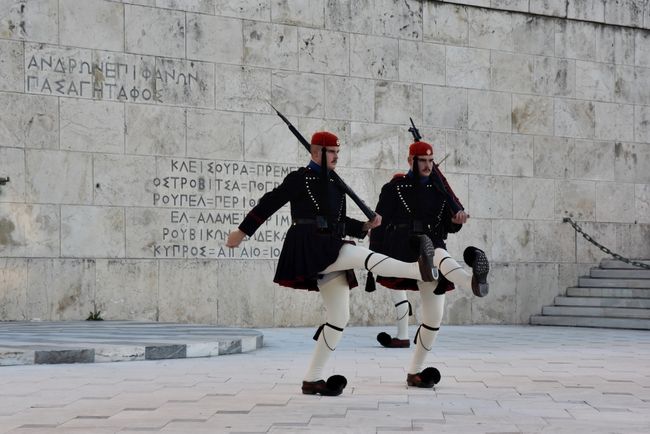
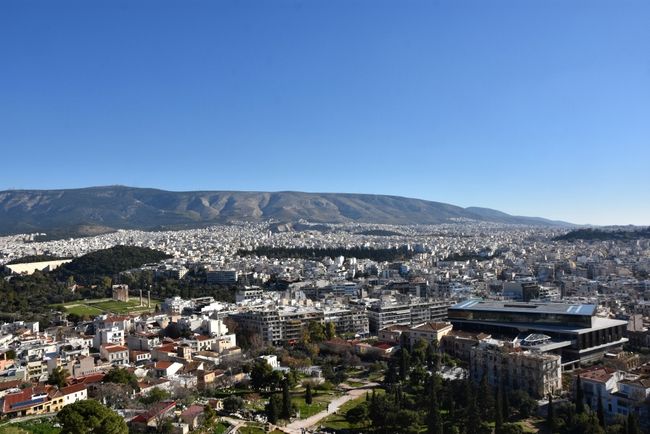
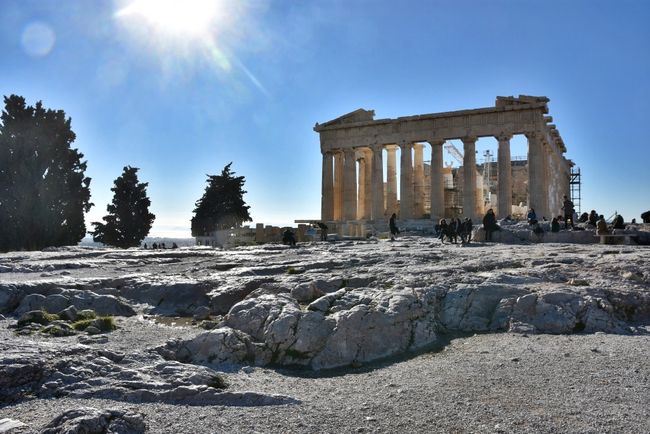
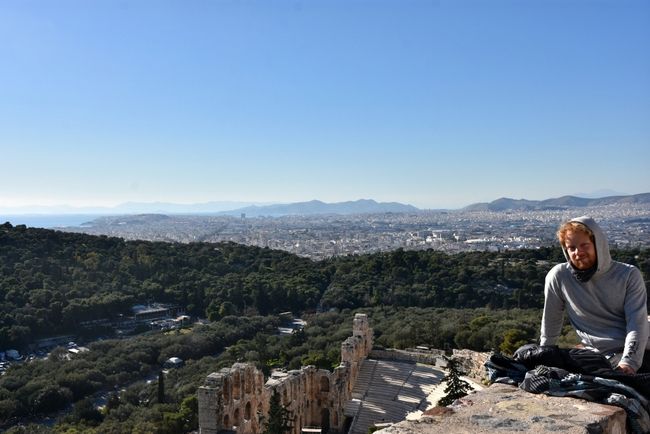
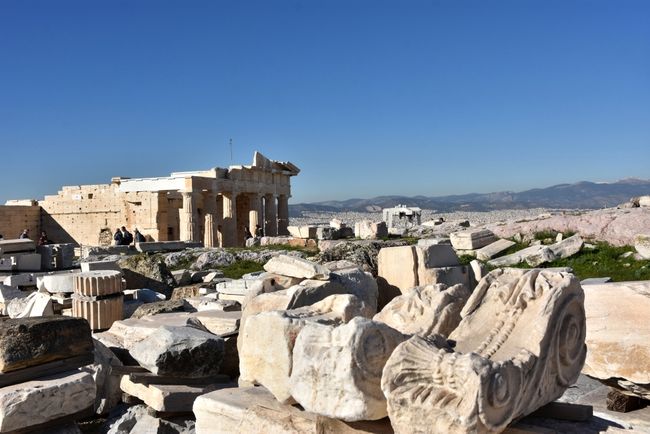
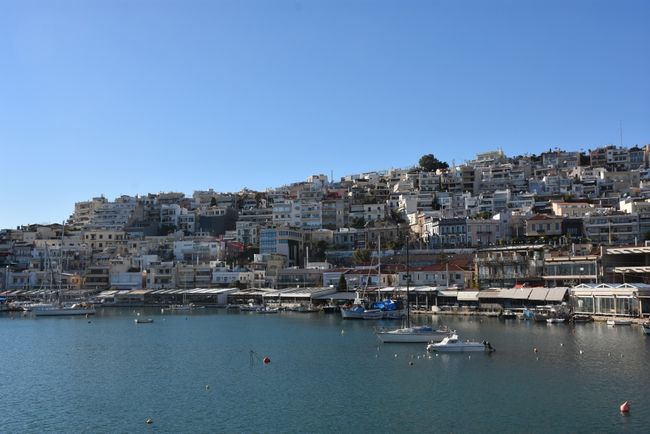
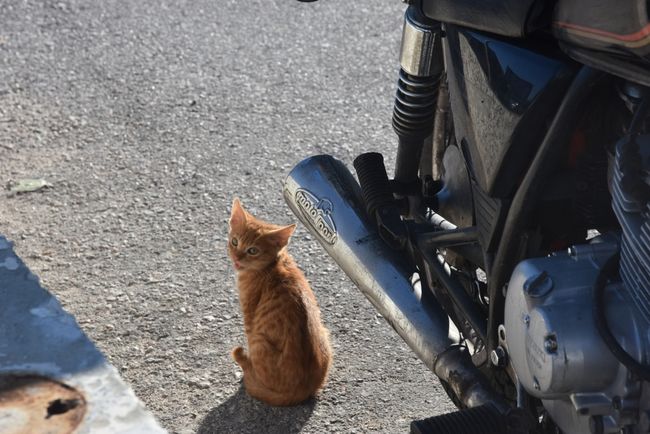
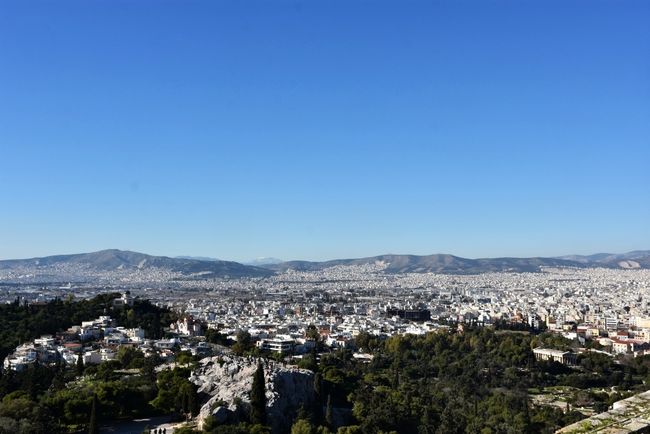
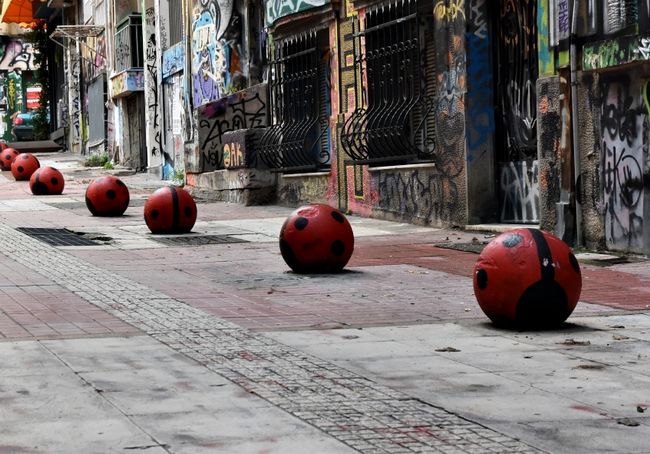
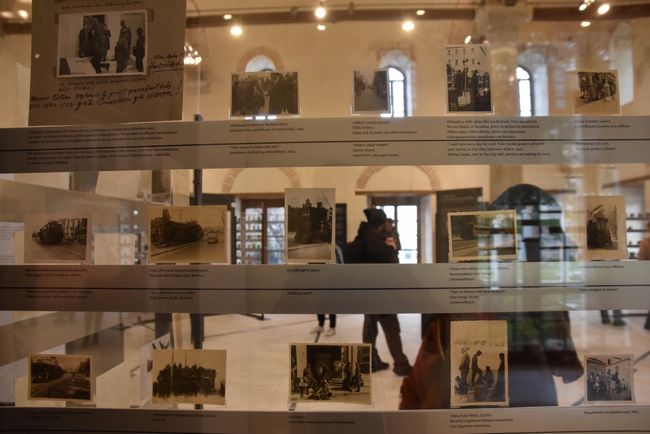
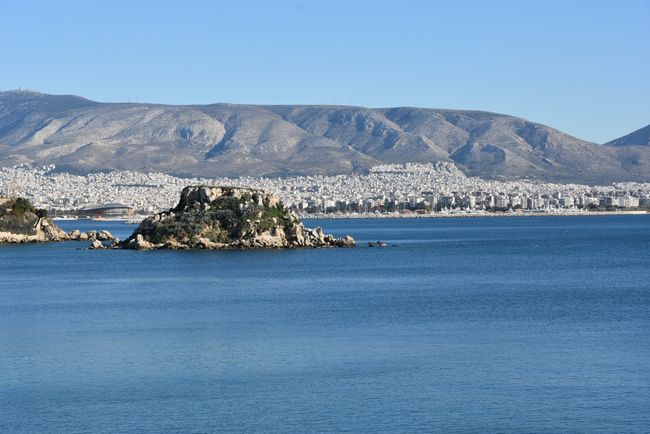
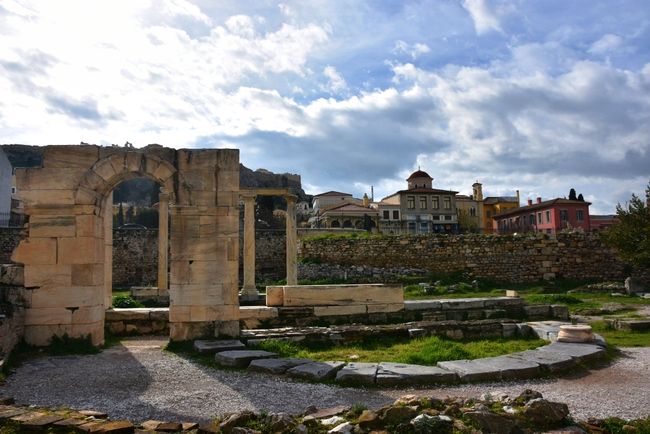
ニュースレターを購読します
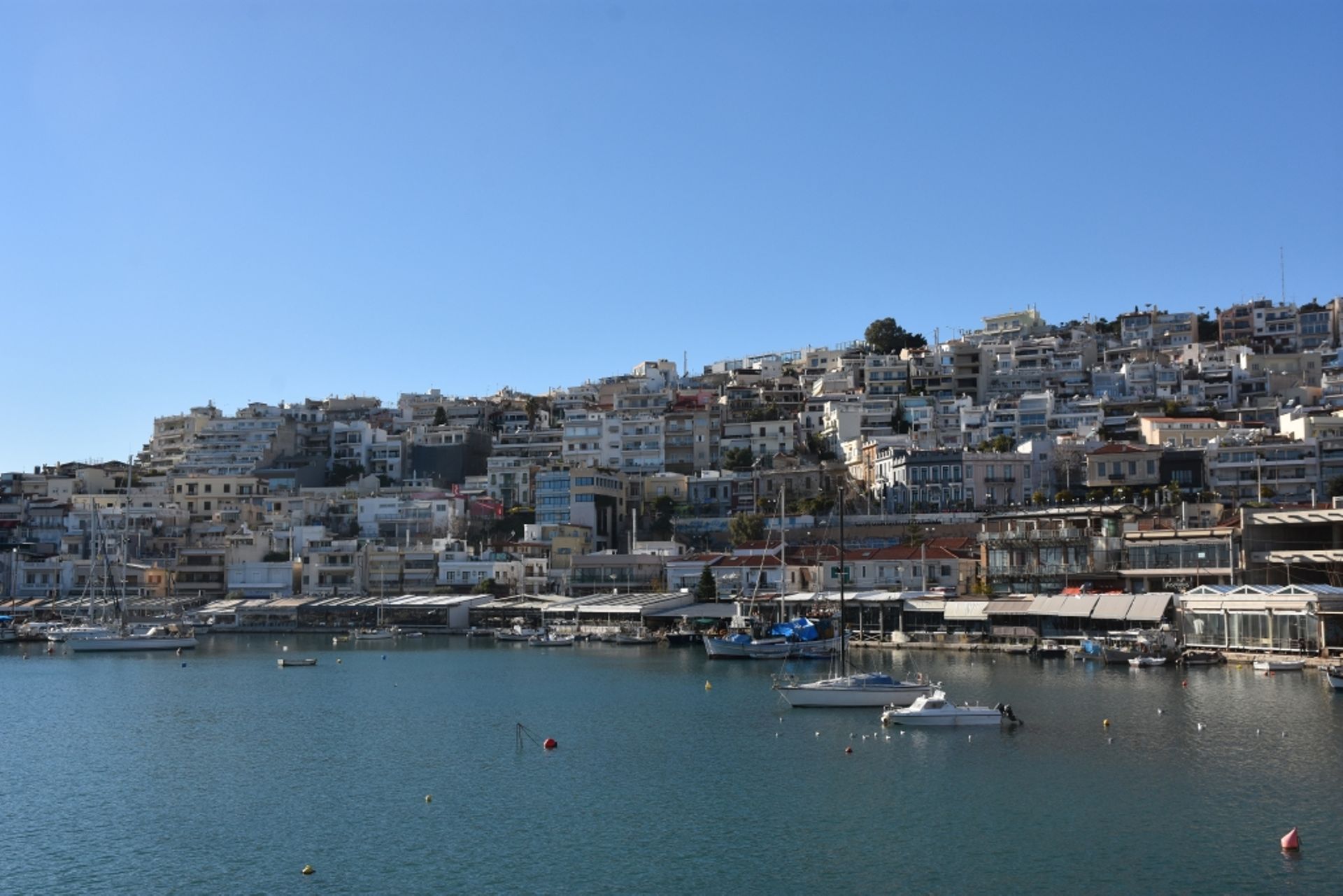

It was good that we got an overview of the scope of research and knowledge of the ancient Greeks and their influence on the still existing buildings through an exhibition on ancient Greek technologies.
The philosophy of ancient Greece was not only philosophy, but also mathematics and geometry, mechanics and engineering, medicine, physics, biology, astronomy, architecture and much more. The Greek philosophers were the first to deal with the world without theological theories and wanted to not only observe, but also explain natural phenomena. This approach still forms the basis for every science, and the Greeks succeeded in gaining outstanding knowledge for their time, which still holds true today and influences the individual disciplines.
For example, doctors still swear by the Hippocratic Oath, and Hippocrates was one of the first to reject the idea that illness is a divine punishment.
Everyone must have come into contact with the Thales' theorem and Pythagoras' theorem in math class. But back then, knowledge was not just theory, but also applied in everyday life. Thales of Miletus calculated the height of the Cheops Pyramids using their shadows, and early on, attempts were made to determine the distances of celestial bodies. These observations were so precise that the Greeks believed early on that the earth was round, and Aristarchus was the first to invent a model in which the earth revolved around the sun.
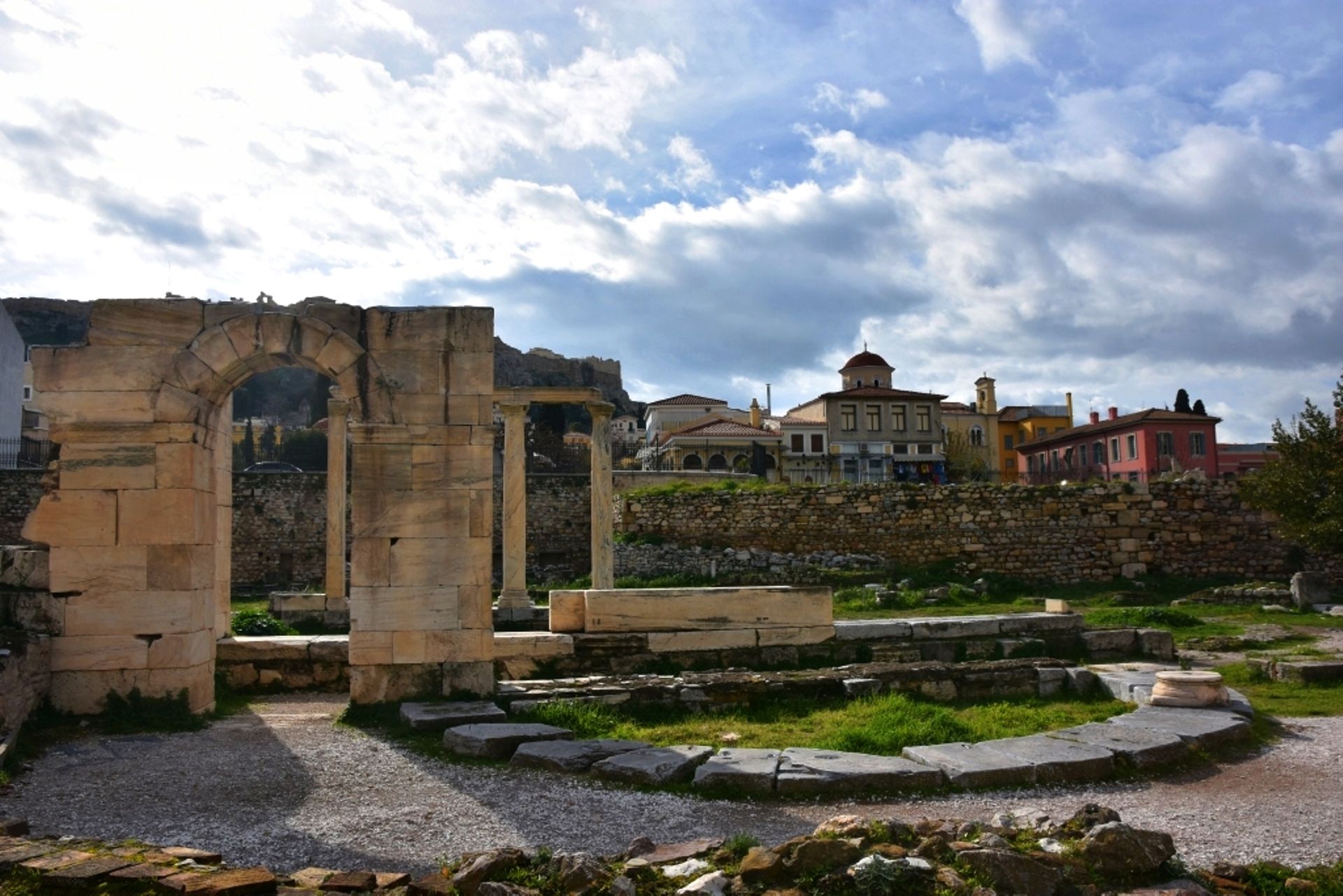
But they also pondered more abstract, physical problems. The first theories about the composition of matter were the four elements or Aristotle's approach that the world consists of hot, cold, wet and dry. Leucippus and Democritus had the amazingly advanced idea that matter consists of invisible particles that wander in empty space and form new bodies and universes. The word "atom" comes from Greek - "a-toma" means indivisible. They also distanced themselves from the idea of the creation of the earth by a god, and instead, the philosophers believed that the cosmos originated from a first substance such as water, fire, air or even infinity (not so far away from black holes and the Big Bang, right?).
More earthly problems also demanded a solution. Archimedes invented the famous Archimedean screw, with which water can be pumped up. The Greeks devised techniques with auditory and visual signals and coding systems for faster and safer communication. One of the most well-known were manned towers between cities, on which a fire could be lit. This way, a predefined message could be passed on and cover a great distance in a short time. It is said that the message of the fall of Troy reached Mycenae in this way in just one night.
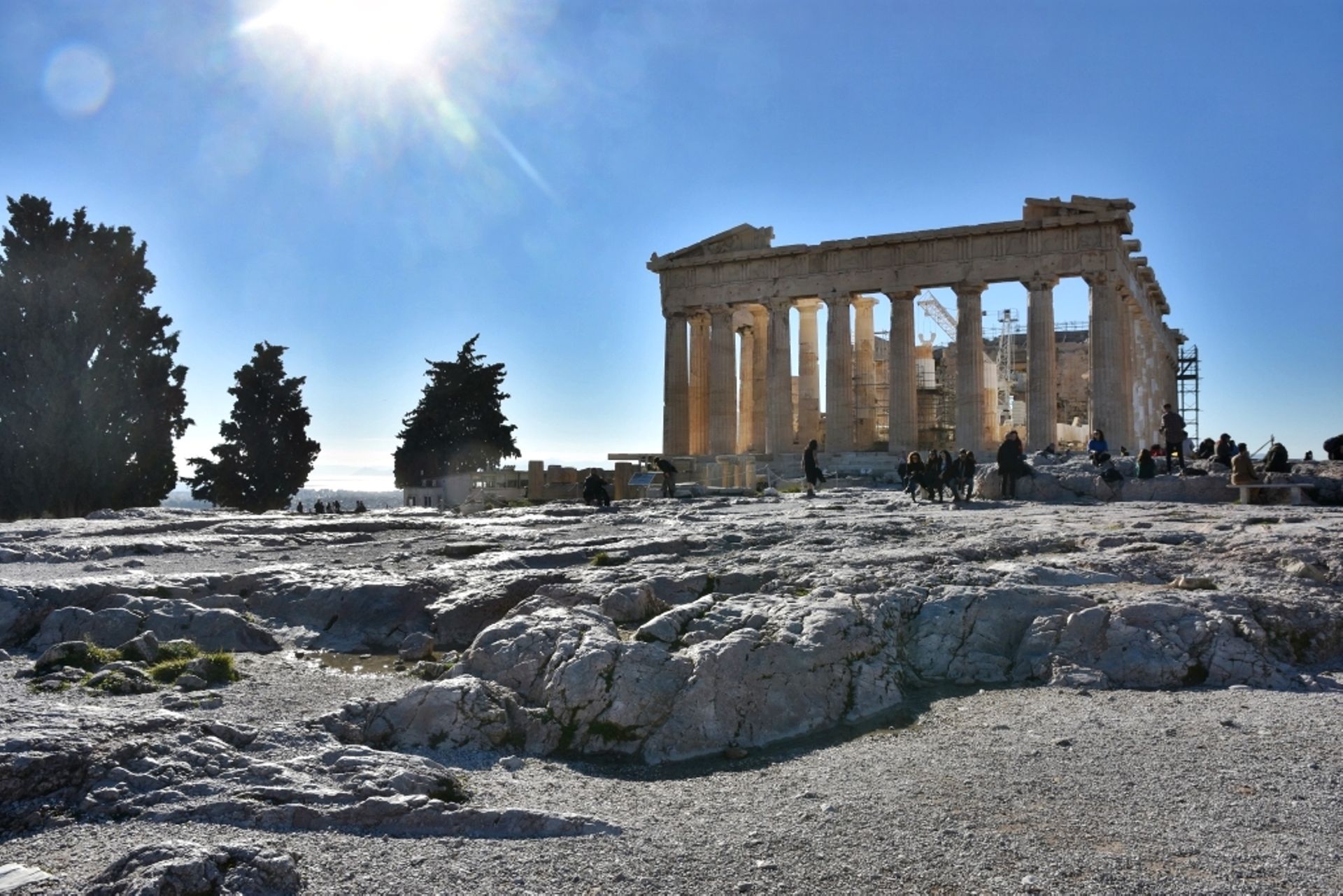
The advanced architecture built on these mathematical knowledge and developed technologies. Their buildings were symbols of power. The construction of the buildings on the Acropolis, for example, demonstrated the technical and intellectual superiority of the Athenians. The centerpiece was the Parthenon with its marble roof, elaborate sculptures, and individually adjusted columns that became wider towards the top, giving the temple an even larger and more impressive appearance.
The Acropolis is considered the "must-see" in Athens, although it should be noted that many Greek cities have an Acropolis. This simply means "high city" and usually refers to a fortress on a hill near the city. Over the course of time, the role of the fortress gradually became a sanctuary where various deities were worshipped. This was no different for the Athenian Acropolis. The 156-meter high rock base, which is only accessible from one side, was ideal for a hilltop fortress. Buildings with various functions stood there for over four millennia. The oldest traces on the Acropolis date back to Mycenaean times (about two millennia before Christ) when a palace stood on the highest point. After that, the Acropolis evolved into a sanctuary for various deities, who were worshipped with altars and statues. In the sixth century BC, the first temple for the goddess Athena was built, followed by more and more temples and sanctuaries. However, only ruins remained after a defeat against the Persians. These ruins were left as a kind of monument for a long time until four buildings were erected, which we can still admire on the Acropolis today, in 450 BC, during the time of democracy. There were two basic ideas in the political landscape at that time, which are reflected in the redevelopment of the Acropolis. The Parthenon and the Propylaea are considered rather progressive-democratic buildings, while the Erechtheion and the Temple of Nike are considered conservative-backward-looking.
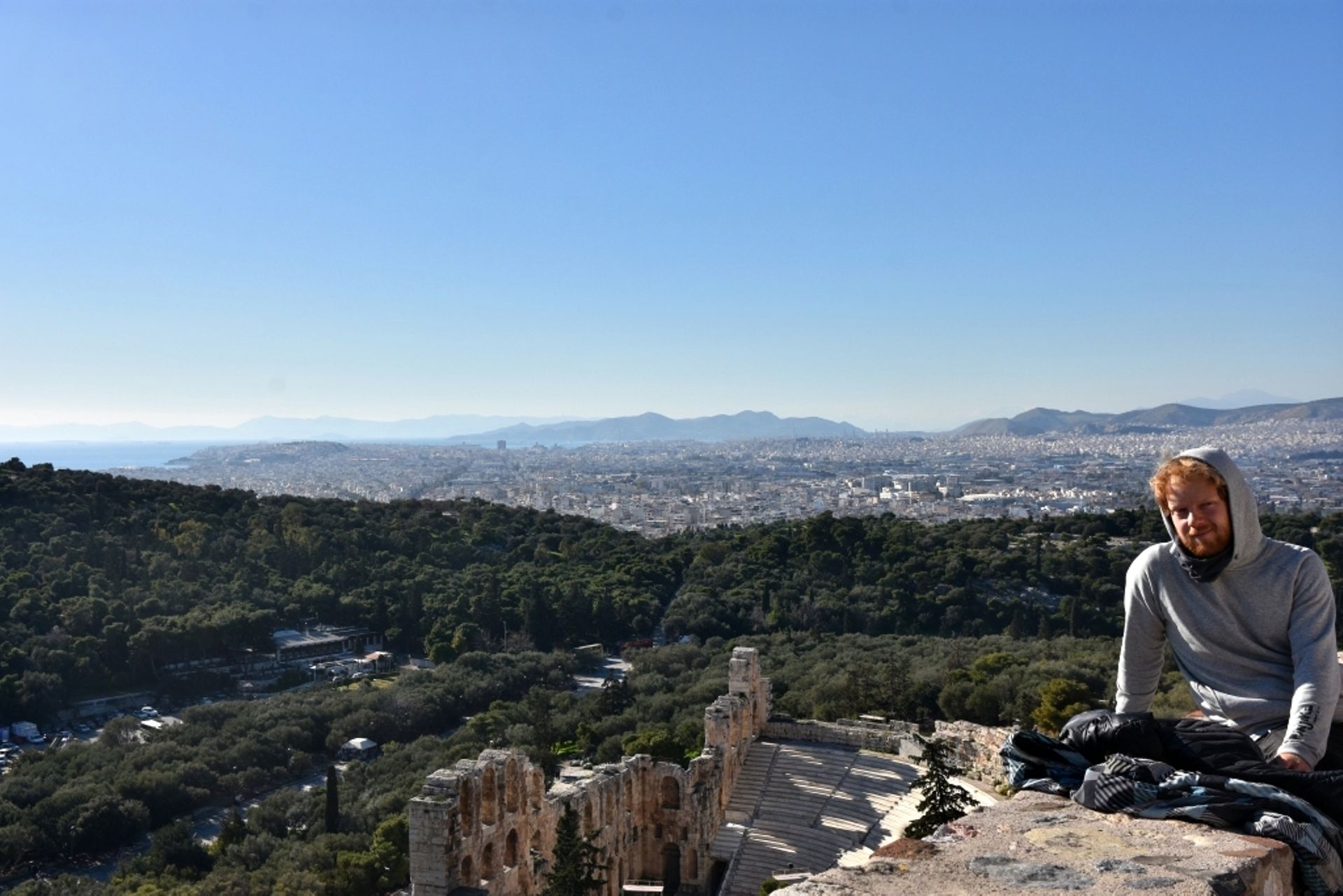
Together with the Beule Gate, these buildings significantly shape the image we have today of the last two centuries of antiquity. They are being restored according to this ideal image (many parts are still under construction), which is not without controversy. Critics describe the Acropolis as an artificial ruin because everything that did not fit into the ancient image was torn down in the last 160 years. Just 200 years ago, the Acropolis was a vibrant city. In the Parthenon, there was a mosque with a minaret, and inside the ancient walls, there was a palace with a harem. Today, where there used to be stables, houses, and gardens, there is nothing but bare stone, where you are not even allowed to eat a sandwich. Once upon a time, people and animals lived there. Whether you like this radical restoration or not is up to you. Admittedly, the Acropolis is very atmospheric, even with the strict supervisors with whistles (hello, feeling of being at a public pool).
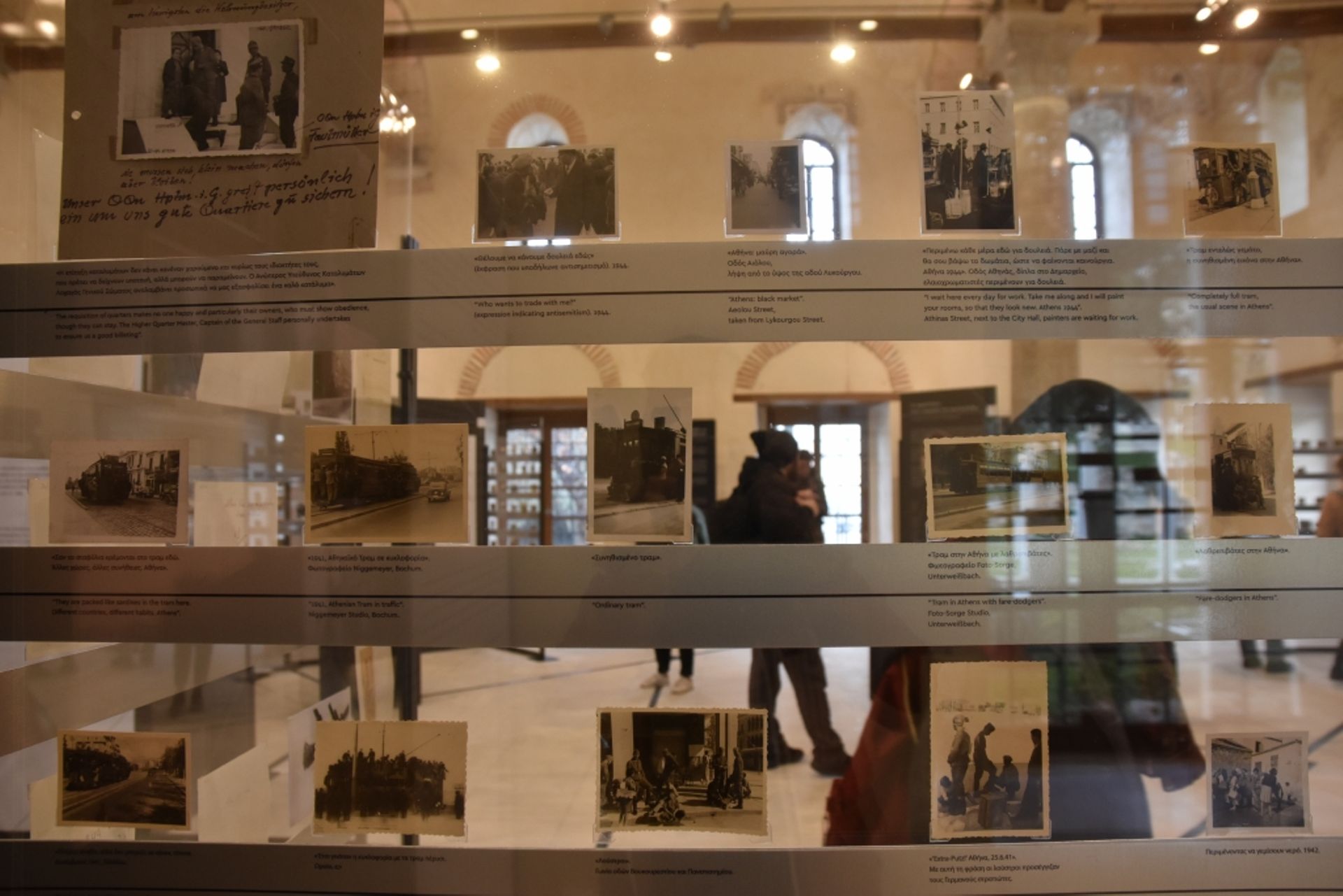
With so much charm, one easily forgets that Greece has even more history than just antiquity. For example, during World War II, Athens was occupied by German soldiers from April 1941, who even hoisted a swastika flag on the Acropolis. Unlike Piraeus, the old town of Athens was not bombed, so the historic buildings were preserved. An exhibition in the Roman Agora displayed photos taken by German soldiers showing rather "harmless", tourist motives. The troop support of Kraft durch Freude organized performances in opera houses and theaters for the stationed soldiers, concerts in the Odeon of Herodes Atticus, and even shot films in Athens. A poignant exhibition that reminded me of my own great-grandfather's photo album from his time in France during the war.

This reminder of the world war also successfully shifted our focus to perhaps the greatest legacy that the ancient Greeks have left us: democracy. Even in the current political situation, it is sometimes necessary to remember the cradle of democracy and what we owe to it. We think it's great that all ancient sites and museums in Greece that we visited offered free admission for EU students (and not just from a financial point of view).
In Athens, a radical democratic state developed with a popular assembly in which all male free citizens were allowed to participate and contribute their own ideas. There was a sophisticated random system for allocating offices and elected representatives. The "Place of the Constitution", Sintagma Square, where the Greek Parliament is located, is still solemnly guarded around the clock by the Greek military (together with the Tomb of the Unknown Soldier). A beautiful symbol, even if the colorful uniforms, the tassels on the soldiers' shoes, and the ballet-like ritual during the changing of the guard take away a bit of seriousness.
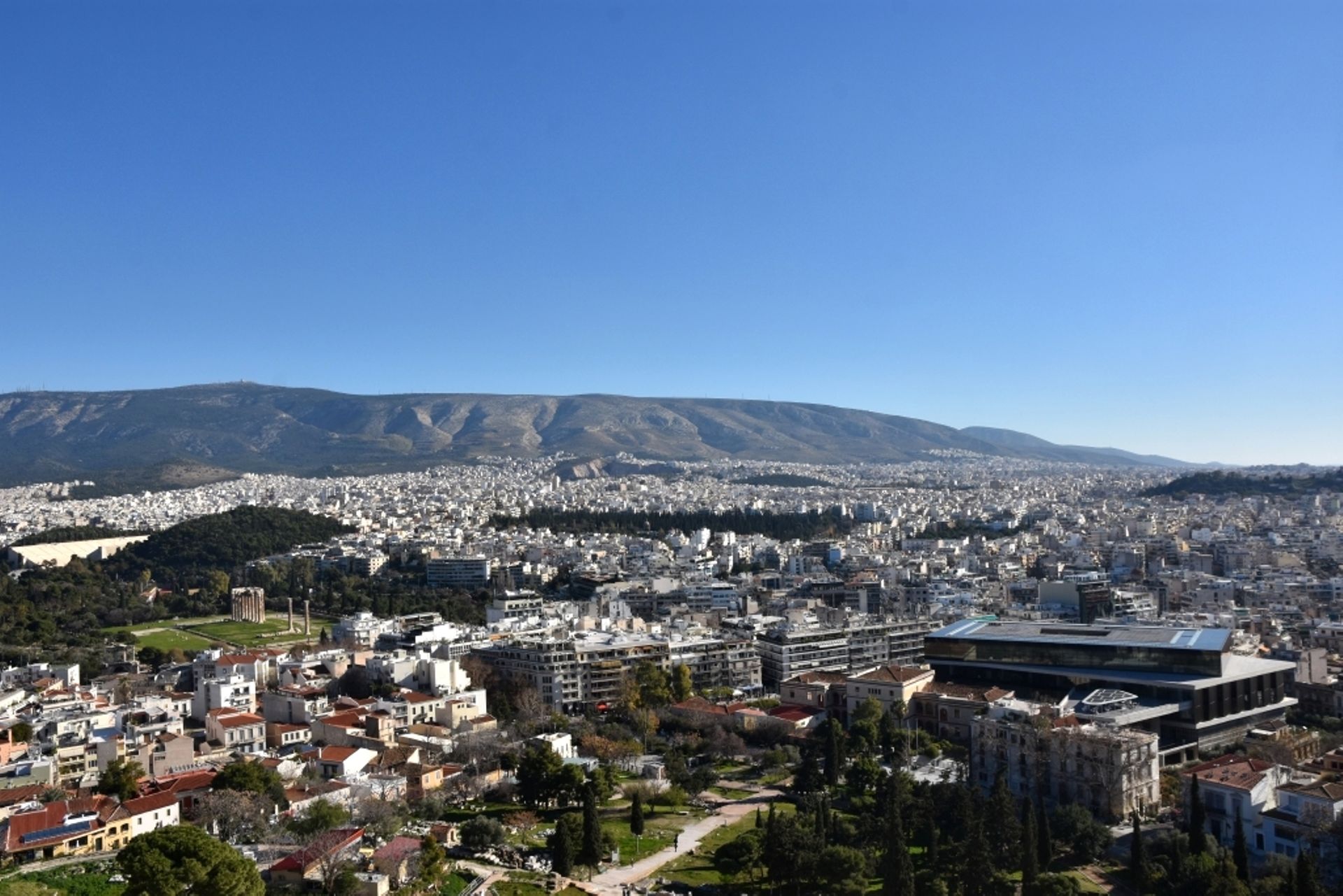
All in all, our conclusion for Athens is mixed. Maybe our expectations were a bit too high after all the praise, but away from the Acropolis, the streets and houses often appeared unappealing. It was certainly also due to our accommodation that we didn't feel really comfortable in Athens. We were afraid to leave Gretchen unattended in such a big city during the day and therefore stayed on a campsite for the longest time ever. This was not only expensive but also quite impractical since we always had to take public transportation to the city (not to mention that the owners were quite unfriendly). It should be noted that driving a car in Athens is no pleasure either, with all the crazy overtaking maneuvers and scooter riders without helmets.

The Acropolis itself was as impressive as expected, but the other ruins we visited did not differ that much from others in Greece. Maybe we have already seen too many of them and find it difficult to absorb new information. We have been on the road for so long, and I think our storage for new impressions is slowly filling up - not only for ruins but also for everything else. Despite everything, we have learned a lot (as you may have noticed in the upper part). After almost five months of traveling, we are starting to realize that traveling and sightseeing can also be quite exhausting, and we are almost looking forward to "recovering" at home.
We still have over three weeks ahead of us, which we want to spend as relaxed as possible. An island like Crete seemed just right for this, so we crossed over with the ferry together with Nico and Johanna at night. Beach, here we come.
Until then, heureka on!
ニュースレターを購読します
答え
